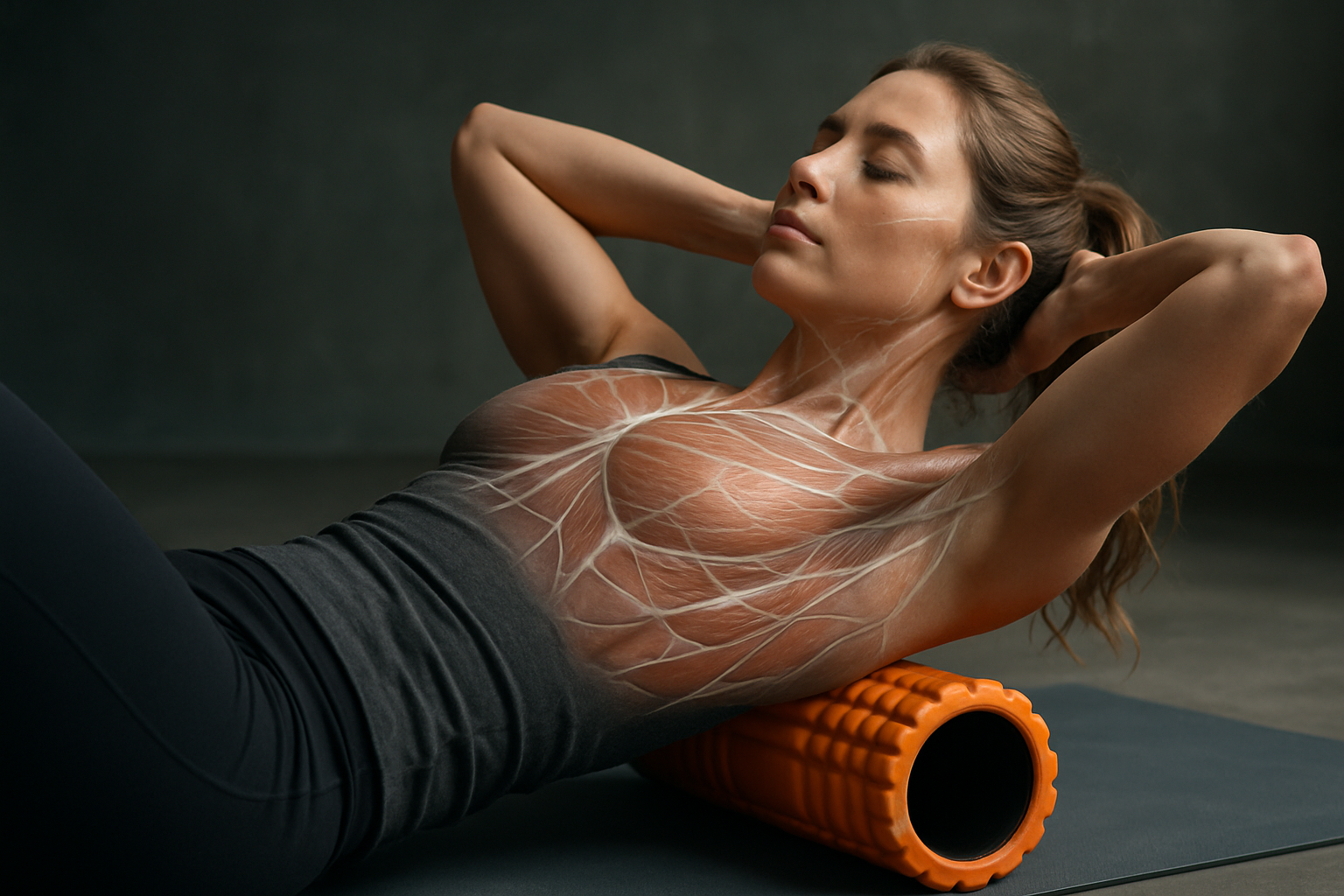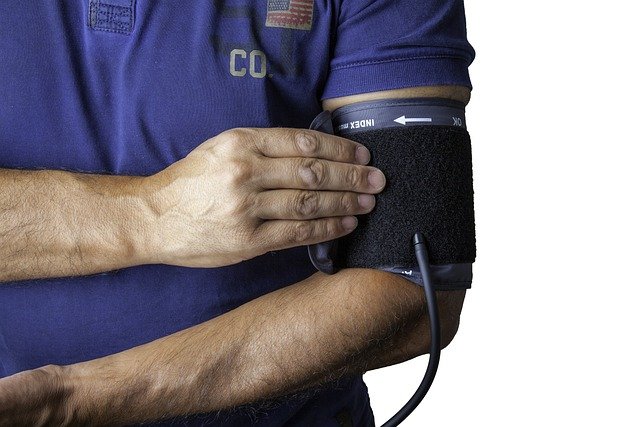Shoe and insole adjustments to lower arch pressure
Adjusting shoes and insoles can significantly reduce pressure on the arch, helping manage pain and support recovery. This article outlines practical changes to footwear, the role of orthotics and insoles, and simple exercises for the calf, foot, and gait that can lower inflammation and promote healing while improving overall biomechanics.

Footwear and insole adjustments are central to reducing strain on the plantar arch and managing associated heel pain. Practical changes—such as improving arch support, ensuring proper shoe fit, and using targeted insoles or orthotics—can redistribute forces, limit stretching of the plantar fascia, and reduce inflammation during daily activities. Alongside structured stretching and strengthening exercises for the calf and foot, these interventions support better biomechanics and a steadier recovery timeline. This article reviews evidence-based approaches and practical steps to lower arch pressure without making speculative claims.
This article is for informational purposes only and should not be considered medical advice. Please consult a qualified healthcare professional for personalized guidance and treatment.
How do insoles and orthotics lower arch pressure?
Insoles and custom or prefabricated orthotics work by changing how load is transmitted through the foot during standing and motion. A well-designed insole supports the arch to reduce the tensile load on the plantar fascia, which can relieve heel pain and decrease local inflammation. Orthotics may also correct minor alignment issues that contribute to excessive pronation or supination, improving overall biomechanics of the lower limb. When selecting insoles, look for appropriate arch height and stiffness: too soft can allow collapse, while too rigid may concentrate pressure elsewhere. Trial and adjustment are often needed to find the best balance of cushioning and support.
What role does footwear fit play for the heel?
Proper shoe fit helps maintain consistent heel contact and prevents compensatory movements that increase arch strain. Shoes with a secure heel counter and enough depth to accommodate an insole reduce slippage and abnormal motion. A slightly elevated heel—such as a modest heel-to-toe drop—can reduce plantar fascia tension during walking, but large heels can shift pressure undesirably. Shoes meant for walking or low-impact running typically offer designs that better distribute load across the sole. Replacing worn-out shoes is also important because midsoles lose shock attenuation over time and can worsen pain and inflammation.
How can stretching and calf exercise help?
Stretching the calf complex and plantar fascia reduces tightness that can increase pull on the arch. Regular calf stretches—both straight-knee (gastrocnemius) and bent-knee (soleus)—help lengthen the muscle-tendon units and lower resting tension. Plantar fascia-specific stretches, such as toe dorsiflexion with manual assistance, can also be incorporated. Strengthening exercises for intrinsic foot muscles and the calf tendons improve load tolerance and support during gait. Programs that combine stretching with progressive strengthening tend to show better functional recovery than stretching alone.
How does gait and biomechanics affect inflammation?
Gait patterns influence where and how often forces are applied to the arch. Excessive pronation, long midfoot contact, or abrupt loading during heel strike can increase localized stress and chronic inflammation. Gait retraining—adjustments to cadence, stride length, or foot strike—can redistribute force and reduce repetitive overload. Simple cues like increasing cadence slightly or encouraging a midfoot landing can lessen peak loading moments. Biomechanical assessment by a clinician or physical therapist can identify specific gait features to address and guide insole or shoe choices that complement retraining efforts.
When to seek support for pain and recovery?
Persistent or worsening heel and arch pain despite conservative changes—such as shoe adjustments, insoles, and home exercise—warrants professional evaluation. A podiatrist, physical therapist, or sports medicine clinician can assess biomechanics, recommend diagnostic imaging if indicated, and consider prescription orthotics or other treatments. Early intervention helps prevent chronic changes and prolonged recovery. Supportive measures should be individualized: what reduces inflammation and pain for one person may be less effective for another due to differences in anatomy, activity level, and gait mechanics.
Practical strengthening and insole adjustments
Start with simple insole trials: test a neutral supportive insole in a well-fitting shoe and monitor pain and comfort during short walks. Add arch cups or medial posting incrementally if pronation seems excessive, and allow an adjustment period of days to weeks. For strengthening, include toe curls with a towel, resisted ankle plantarflexion, and single-leg balance progressions to build intrinsic foot and calf endurance. Combine these exercises with regular stretching and gradual activity increases to avoid flare-ups. Keep a symptom diary to track what shoe or insole combinations, exercises, or gait changes correspond with improvements.
Conclusion Lowering arch pressure involves a combination of appropriate footwear, targeted insoles or orthotics, and a structured program of stretching and strengthening that addresses calf tightness, intrinsic foot weakness, and gait mechanics. Small, measured adjustments to shoe fit and insole characteristics can redistribute load away from sensitive areas of the heel and arch while exercises improve tissue resilience and biomechanics. Personalized assessment and gradual progression are key to reducing inflammation and supporting a sustainable recovery.






